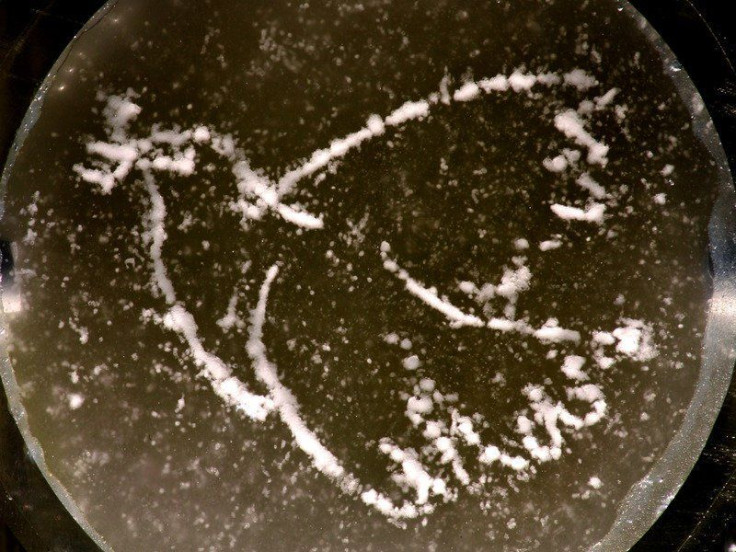Acoustic Holograms: 3D Sound Shapes Could Help Medical Diagnostics

When most people think holograms, they think of a floating image, a 3D projection of light. But scientists have designed technology that replaces light in the hologram with sound, giving us acoustic holograms that can be used to manipulate small objects.
Researchers from the Max Planck Institute for Intelligent Systems in Stuttgart, Germany, have created these acoustic holograms by first printing a hologram plate using a 3D printer, and then transmitting ultrasound waves through it and into another medium, which could be liquid or gas. The uneven surface of the plate causes phase delays in the waves which affect the medium and therefore other objects or particles suspended in or on it.
Peer Fischer, who usually works on tiny robots, was “looking for a way to move large numbers of microparticles simultaneously so that we could assemble them into larger more complex structures” when his team came up with acoustic holography, he said in a statement.
It is not the first time that the three-dimensional structure of sound waves has been manipulated by scientists, but it had previously only been possible using a large array of speakers that produce acoustic waves with difference phases. Scientists in the U.K. used this technology last year to levitate small beads. However, the electronics required in such a scenario is bulky, and would increase in size exponentially as the complexity of the task grew.
In contrast, scientists “can now generate sound in a 3D without this complex technology,” according to Kai Melde, who conducted the experiments at the Max Planck Institute for Intelligent Systems as part of his PhD research.
The Stuttgart researchers were able to use their acoustic projection to make a boat move around a ripple, to create shapes on the surface of a liquid, as well as to suspend water droplets in the air.
Given the original goal of the researchers, “such contact-free methods to move particles using sound could be interesting as a material transporter for process engineering,” Melde said in the statement. However, Fischer is also enthused about possible applications in medicine and material testing.
“There’s a great deal of interest in using our invention to easily generate ultrasound fields with complex shapes for localized medical diagnostics and treatments,” he said.
The study, titled "Holograms for acoustics," was published Wednesday in the journal Nature.
© Copyright IBTimes 2024. All rights reserved.





















